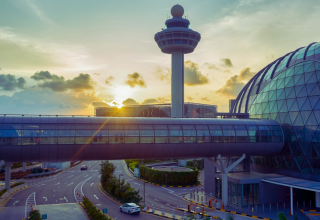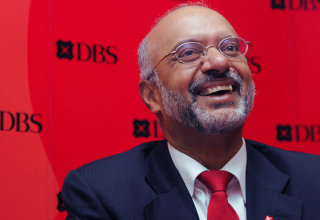
According to current statistics on purchasing trends, Asia has surpassed other areas to become the world’s most costly region. This article examines the causes that have contributed to this trend and underlines Singapore’s popularity as a top destination for the ultra-rich. We get insights into the developing economic environment and the consequences for global wealth distribution by researching the purchasing patterns and preferences of rich people.
Asia’s ascension to the top spot as the most costly region reflects the area’s economic growth, urbanization, and growing wealth accumulation. As Asian nations enjoy fast economic growth, prices for luxury items, high-end real estate, and elite services have skyrocketed. The region’s prospering cities have become global trade centers, drawing wealthy residents who contribute to the region’s rising cost of living.
Singapore is the most costly location for the super-rich among Asian nations. Singapore has been a magnet for affluent people seeking a sophisticated lifestyle and excellent investment prospects due to its high quality of living, lavish facilities, and friendly business climate. The city-state’s strong real estate market, vibrant financial industry, and world-class infrastructure all contribute to its standing as a favored location for the wealthy.
Several factors contribute to Asia’s rising cost of living. For starters, the region’s expanding middle class and increasing income levels have boosted consumer spending, generating a demand for high-end goods and services. Second, increased urbanization and scarcity of land have driven up property prices, especially in prominent areas. Furthermore, with Asia attracting rich tourists, the increasing luxury tourism industry has increased demand for unique experiences and premium lodgings.
Keep Reading
The rise in the cost of living in Asia has ramifications for worldwide wealth distribution. As the region’s economy prospers and the super-rich consolidate their riches, the wealth divide between the wealthy and the rest of the population becomes wider. The growing cost of living complicates economic equality and social mobility, necessitating policymakers’ implementation of policies that promote inclusive growth and fair access to opportunities.
The rising cost of living in Asia emphasizes the need of sound asset management and financial planning. Affluent people and families must negotiate complicated financial environments, use cautious investing methods, and think about long-term asset preservation. Wealth managers and financial advisers play an important role in guiding clients through these obstacles, assisting them in meeting their financial objectives while adjusting to changing economic realities.



























